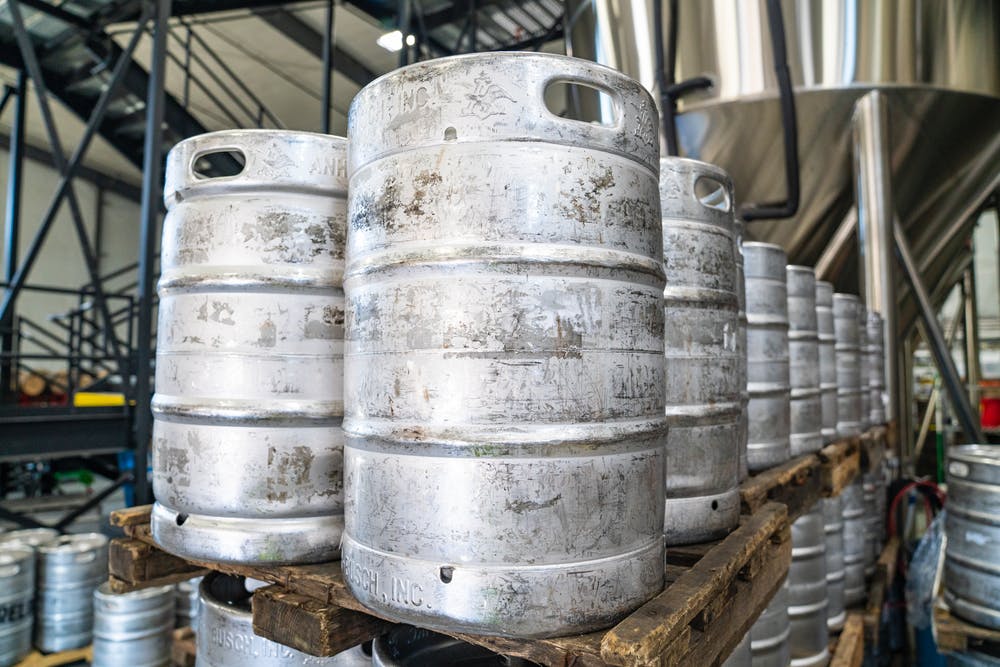Having a fully-functioning and up-to-date hot water cylinder in your home is crucial for ensuring that you have high quality access to warm H2O whenever it’s needed.
Many older storage tanks are poor in quality and may not deliver the right H2O temperature or pressure. It’s important to keep your H2O storage tank in good condition and to update it every 8 to 12 years.
What a hot water cylinder does
Similar to a kettle, H2O storage tanks contain an element which is stored inside an insulated, fortified tank. Together, they heat up and retain the temperature of the H2O within the tank; the temperature is regulated by a thermostat. Cold H2O flows into the storage tank when the warm H2O leaves, keeping the tank full. As the cold H2O enters, the temperature is lowered, thus triggering the thermostat and causing the element to activate and reheat the H2O. This process is self-sustaining, which means that the user will have a constant supply of H2O at the right temperature.
 Modern vs. Traditional
Modern vs. Traditional
There are two main kinds of hot water cylinder: vented and pressurised. Vented storage tanks were the first to come onto the market. Cold H2O enters the storage tank from an external header tank (which are connected via a vent pipe), and uses gravity to move the H2O throughout the house. The pressure of the H2O is dependent on the height of the tank in relation to the tap feed. As a result, the pressure may be lower on upper floors than on lower floors. Vented tanks are typically easier and cheaper to install and maintain than pressurised ones.
Pressurised tanks only came onto the market in the late 1980s, but have boomed in popularity due to their ability to provide high flow rates (making people’s showers and taps more powerful). Pressurised tanks do not require an external cold H2O tank – cold H2O flows in directly from the cold H2O mains. This offers better pressure and reduces the amount of space taken up by the storage tank (as you do not require two separate systems). Pressurised tanks don’t require gravity in order to transport the H2O which makes the temperature more well-rounded than a vented tank.
The different types of hot water cylinder
When it comes to choosing a H2O storage tank, you have several options. The main types are:
Mains pressure
Mains pressure tanks provide strong flow and pressure rates for a powerful shower. They have a cheaper installation cost than other types of tanks, however they can be more expensive to operate compared to other options.
Low pressure
As the name suggests, a low pressure hot water cylinder will have a lower pressure and flow rate than a mains pressure tank, however their reliability and longer lifespan make them a more economical option.
Gas
Gas H2O storage tanks are typically used by homeowners who have a pre-existing gas connection. The tanks do not require electricity in order to operate, which means that they can provide warm H2O when there is a power outage. Additionally, they may be installed externally, saving space inside the home. However, gas storage tanks typically have greater heat losses than electric ones, and their daily running costs depend on gas price variations.
Solar
A solar H2O hot water cylinder will provide the benefit of low daily running costs and reduced carbon emissions, however it may have a high initial installation price. For people who aren’t prepared to make the switch yet, solar-ready H2O storage tanks can be purchased instead.

